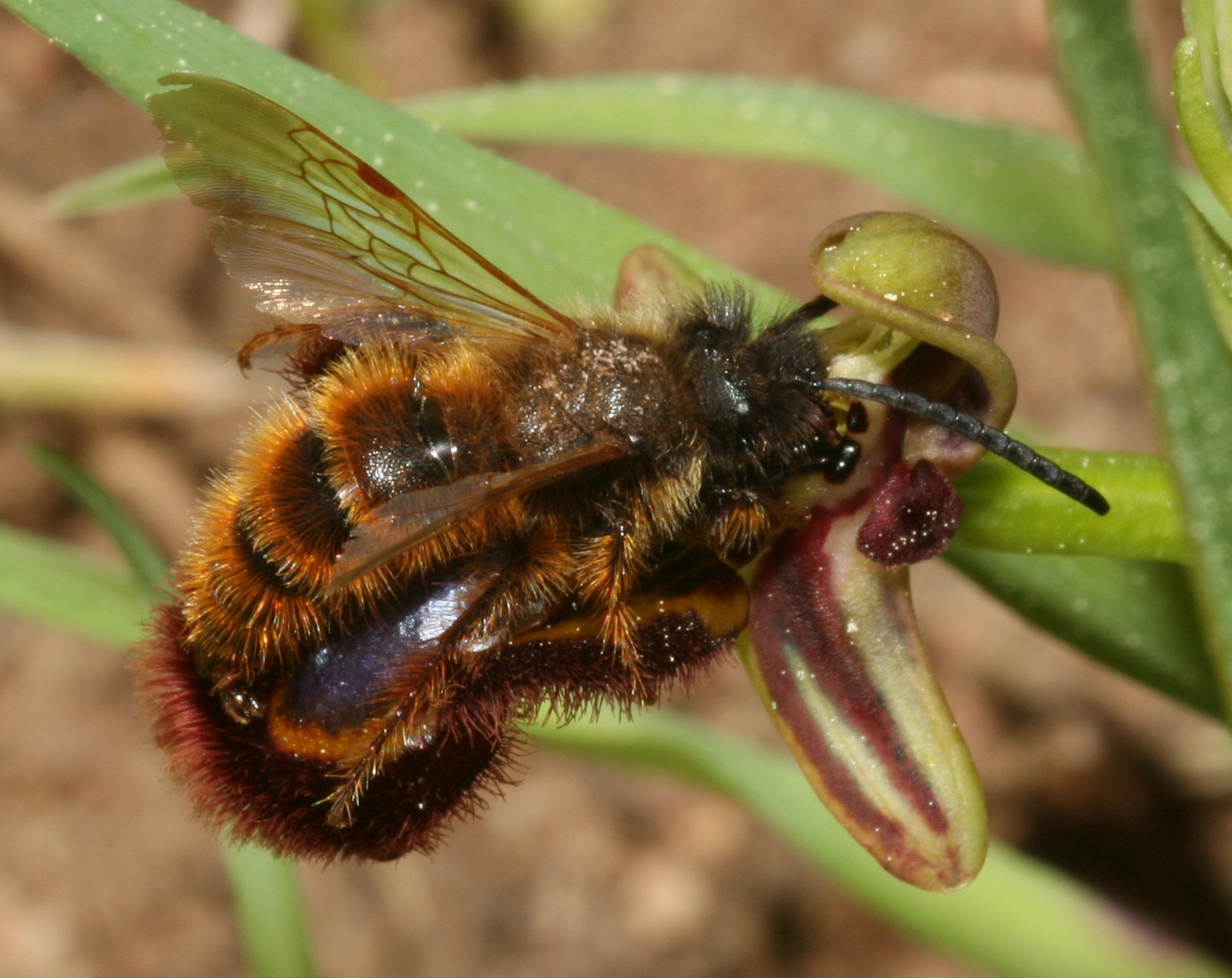|
Cécile Ané
Cécile Ané is an evolutionary biologist, botanist, and statistical geneticist whose research involves the inference of evolutionary trees and the evolution of inherited traits, especially for plant species, as well as the mathematical statistics underlying these methods. Educated in France, she works in the United States as a professor at the University of Wisconsin–Madison, with joint appointments in the departments of botany and statistics. Education Ané is a graduate of the École normale supérieure de Lyon. She completed her Ph.D. in mathematics in 2000, at Toulouse III - Paul Sabatier University. Her dissertation, ''Grandes déviations et inégalités fonctionnelles pour des processus de Markov a temps continu sur un graphe'' 'Large deviations and functional inequalities for continuous-time Markov processes on a graph''concerned probability theory, and was directed by Michel Ledoux. Research After completing a doctorate in mathematics, Ané's research interests ... [...More Info...] [...Related Items...] OR: [Wikipedia] [Google] [Baidu] |
Evolutionary Biology
Evolutionary biology is the subfield of biology that studies the evolutionary processes such as natural selection, common descent, and speciation that produced the diversity of life on Earth. In the 1930s, the discipline of evolutionary biology emerged through what Julian Huxley called the Modern synthesis (20th century), modern synthesis of understanding, from previously unrelated fields of biological research, such as genetics and ecology, systematics, and paleontology. The investigational range of current research has widened to encompass the genetic architecture of adaptation, molecular evolution, and the different forces that contribute to evolution, such as sexual selection, genetic drift, and biogeography. The newer field of evolutionary developmental biology ("evo-devo") investigates how embryogenesis is controlled, thus yielding a wider synthesis that integrates developmental biology with the fields of study covered by the earlier evolutionary synthesis. Subfields ... [...More Info...] [...Related Items...] OR: [Wikipedia] [Google] [Baidu] |
Coevolution
In biology, coevolution occurs when two or more species reciprocally affect each other's evolution through the process of natural selection. The term sometimes is used for two traits in the same species affecting each other's evolution, as well as gene-culture coevolution. Charles Darwin mentioned evolutionary interactions between flowering plants and insects in ''On the Origin of Species'' (1859). Although he did not use the word coevolution, he suggested how plants and insects could evolve through reciprocal evolutionary changes. Naturalists in the late 1800s studied other examples of how interactions among species could result in reciprocal evolutionary change. Beginning in the 1940s, plant pathologists developed breeding programs that were examples of human-induced coevolution. Development of new crop plant varieties that were resistant to some diseases favored rapid evolution in pathogen populations to overcome those plant defenses. That, in turn, required the development of ... [...More Info...] [...Related Items...] OR: [Wikipedia] [Google] [Baidu] |
Women Evolutionary Biologists
A woman is an adult female human. Before adulthood, a female child or adolescent is referred to as a girl. Typically, women are of the female sex and inherit a pair of X chromosomes, one from each parent, and women with functional uteruses are capable of pregnancy and giving birth from puberty until menopause. More generally, sex differentiation of the female fetus is governed by the lack of a present, or functioning, ''SRY'' gene on either one of the respective sex chromosomes. Female anatomy is distinguished from male anatomy by the female reproductive system, which includes the ovaries, fallopian tubes, uterus, vagina, and vulva. An adult woman generally has a wider pelvis, broader hips, and larger breasts than an adult man. These characteristics facilitate childbirth and breastfeeding. Women typically have less facial and other body hair, have a higher body fat composition, and are on average shorter and less muscular than men. Throughout human history, traditional ge ... [...More Info...] [...Related Items...] OR: [Wikipedia] [Google] [Baidu] |
Evolutionary Biologists
Evolutionary biology is the subfield of biology that studies the evolutionary processes such as natural selection, common descent, and speciation that produced the diversity of life on Earth. In the 1930s, the discipline of evolutionary biology emerged through what Julian Huxley called the modern synthesis of understanding, from previously unrelated fields of biological research, such as genetics and ecology, systematics, and paleontology. The investigational range of current research has widened to encompass the genetic architecture of adaptation, molecular evolution, and the different forces that contribute to evolution, such as sexual selection, genetic drift, and biogeography. The newer field of evolutionary developmental biology ("evo-devo") investigates how embryogenesis is controlled, thus yielding a wider synthesis that integrates developmental biology with the fields of study covered by the earlier evolutionary synthesis. Subfields Evolution is the central ... [...More Info...] [...Related Items...] OR: [Wikipedia] [Google] [Baidu] |

